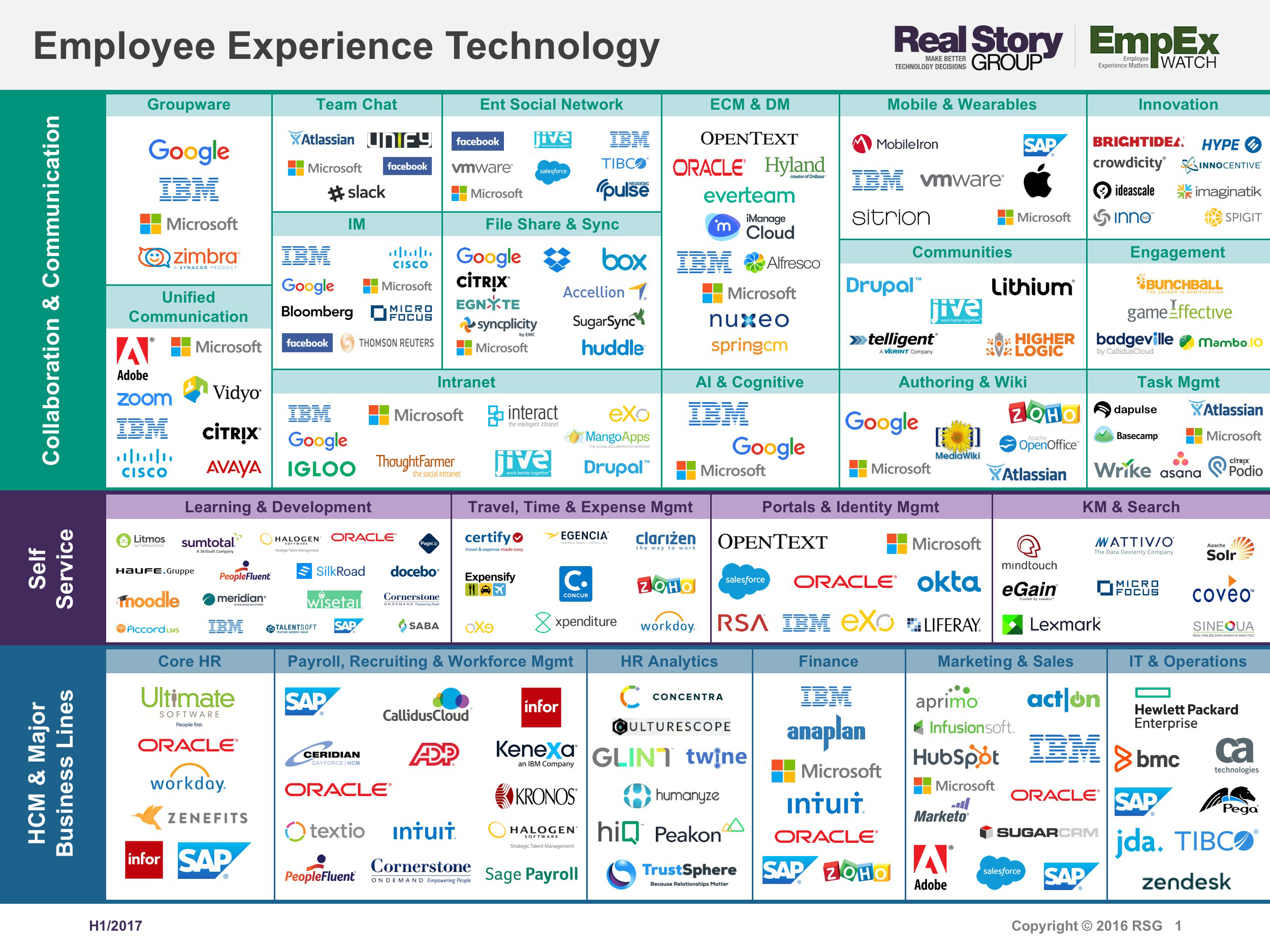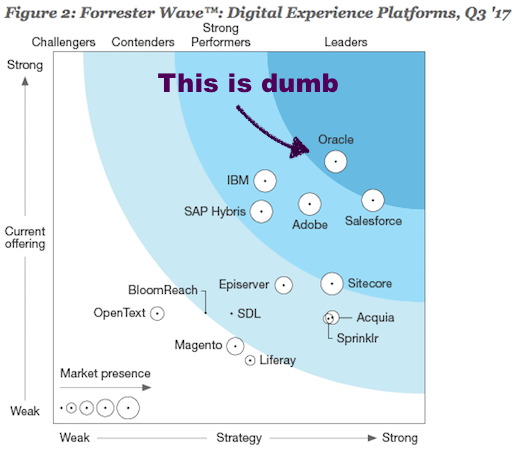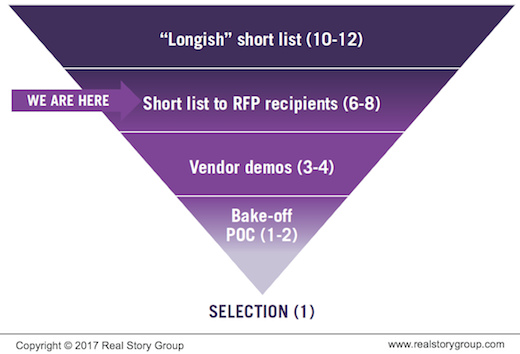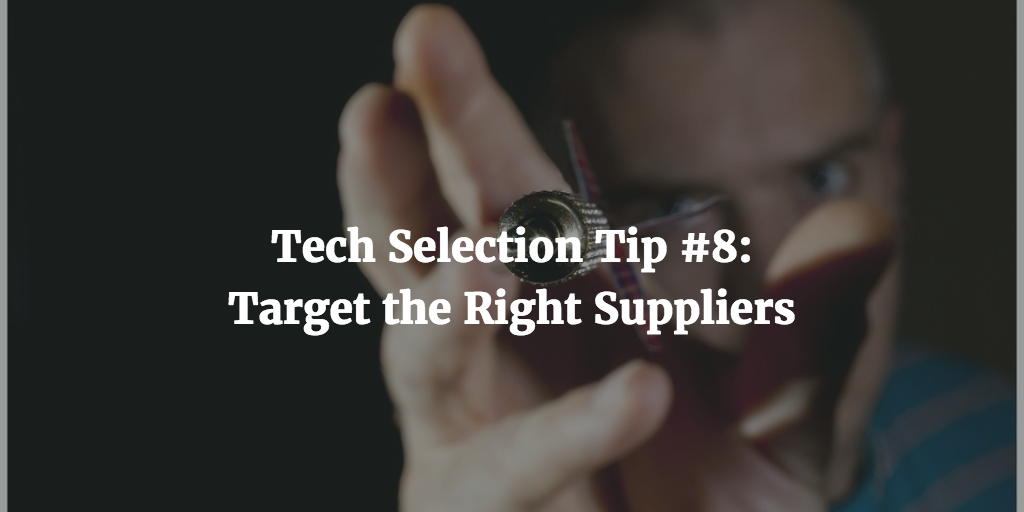Using mobile apps from incumbent vendors Vs. Developing your own
Organizations seeking to enable employees to access enterprise applications (HR, Intranet, Collaboration, ERP, etc.) via mobile devices must grapple with two broad alternatives:
- Deploy the mobile apps provided by vendors of your applications
OR
- Do you develop your own applications
The first alternative really seems like a obvious choice in many scenarios. Almost every vendor in each of the marketplaces that we cover provides a mobile app these days. Plus, you do not have to code anything yourself, which means your development and testing resources can be used elsewhere. Those apps are provided by the vendors of your tools, so they are probably better integrated. And you will get regular support, bug fixes, and upgrades.
So where is the question of choice?
As things stand today, while the enterprise products provide capabilities for extension, customization, and integration, their mobile apps are not that flexible. So it often means that if the mobile app does what you need, you can go ahead with this option, but if it doesn't there's not much customization you can do. And by customization, I don't mean just changing logo and colors. Let's look at few examples:
Support for only specific Mobiles
Many vendors do not provide a mobile app for all your devices. So if a vendor provides an app only for iPad whereas you have a BYOD (bring your own device) policy that allows your employees to bring in BlackBerry, Windows, and Android mobiles, you can't depend on vendor supplied mobile app.
Security and Administration
We are talking of workplace applications here and that usually means the content is confidential and you need highly customized access control and security for your mobile users. You also probably need very granular administrative controls. This usually means ability to have sophisticated permissions system, ability to wipe-off content in case the employee leaves or the device gets stolen, configuring device specific restrictions and so forth. I have experienced that while it may be possible to customize the core application -- such as an underlying document management system -- for your needs, the mobile app might not lend itself to that level of customization so as to enable you granular security and admin controls.
Integration
Even if you are in a small organization, you probably use more than one application. And if you are in a complex organization, you certainly use many applications every single day. Consider, for example, this scenario that has at least 7 applications for a financial services company. Or in terms of more specific examples, it is possible that in your workplace you use:
- A document centric collaboration tool such as SharePoint
- For long term archiving or for more complex document management, a tool such as Documentum or Alfresco
- Box or a similar tool for light-weight file sharing and sync (We evaluate these tools in our forthcoming Cloud File Sharing and Collaboration research)
- SAP or PeopleSoft for HR Intranet applications - time sheet, expenses, leave management, travel handling and so forth. In fact, there might be multiple applications for these
- IBM WebSphere Portal or Liferay for front-ending all these
- And so on..
I could go on and on but you probably get the idea - there are more than 5 applications here. Each of these - SharePoint, Documentum, Alfresco, Box, SAP, PeopleSoft, and IBM WebSphere provide their own specific mobile apps. To make things worse, most vendors supply multiple apps for different modules (e.g., Salesforce CRM versus Salesforce Chatter). Do you really want your users to have to dance among all of them? Sure you can, but you will have to say goodbye to user experience and learn to ignore numerous security and administration headaches.
As you can see, most issues arise when you scale up - in terms of applications, user types, device types and size/complexity of your organization. Unfortunately, there are no straight answers as most vendors have their own, rather rigid applications which can't be customized beyond a point. But you should keep pushing your vendors to provide you more exhaustive configuration options including access to APIs for mobile.
Mean while, if you decide to develop your own application instead of using vendor supplied ones, you might want to read this and this.
We will be covering this topic in greater detail along with a host of other mobile and social workplace related aspects in this day-long workshop in conjunction with KMWorld.








